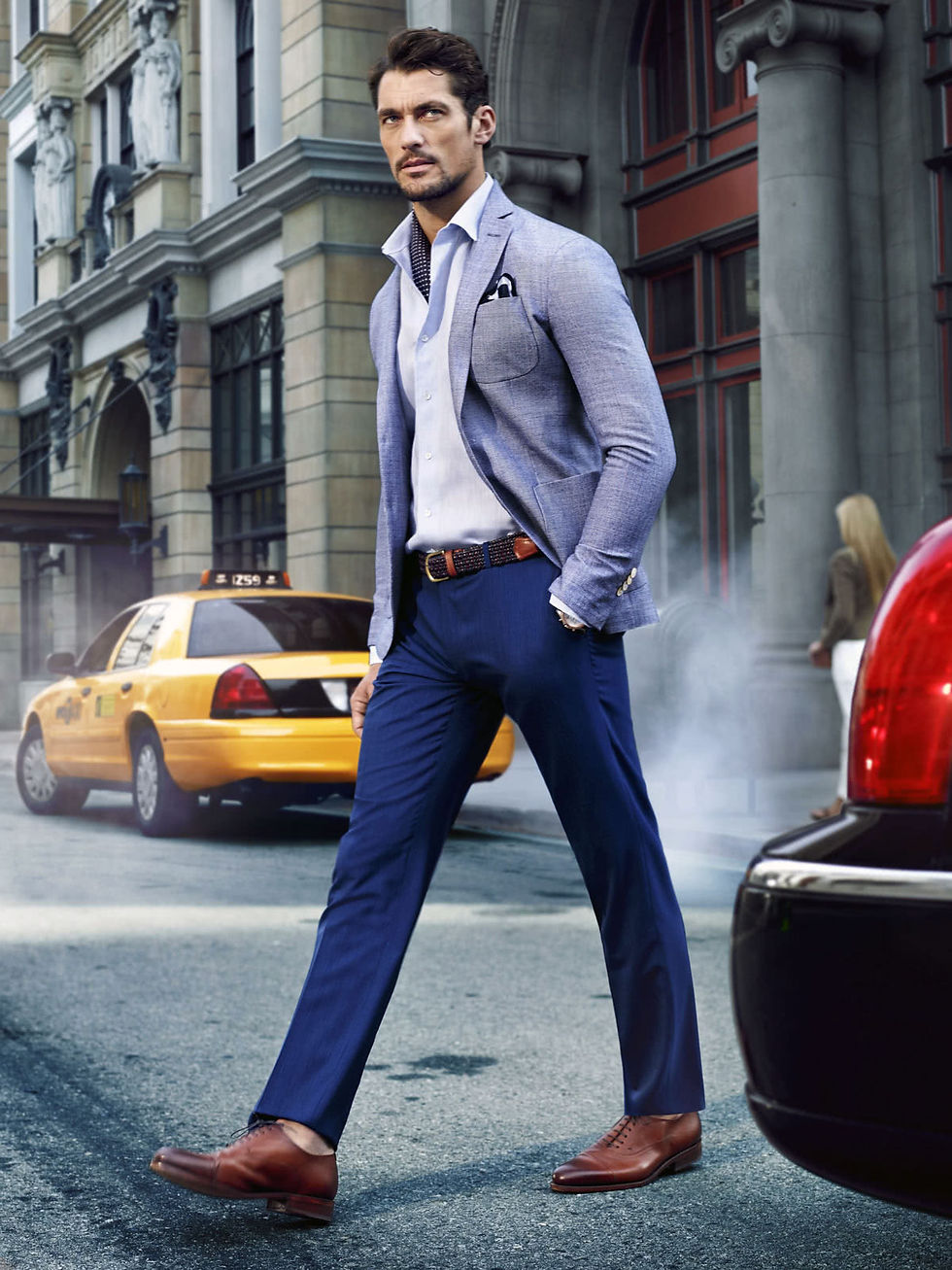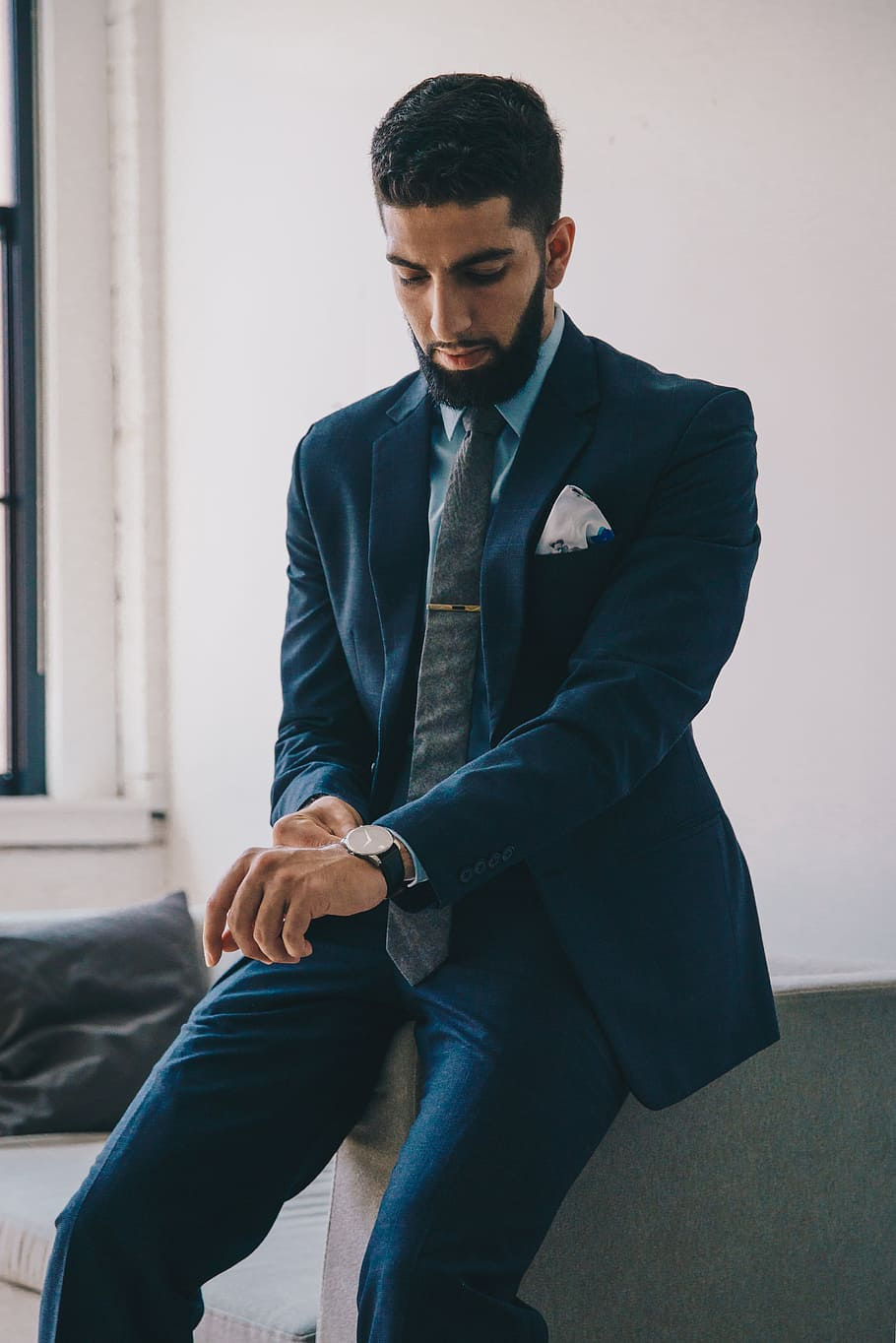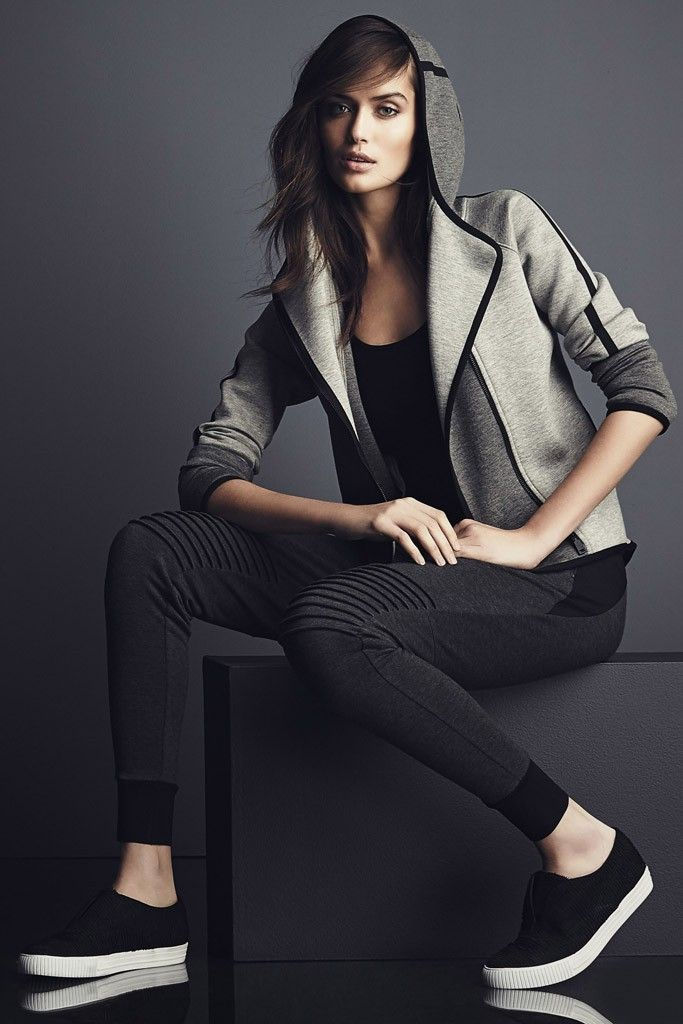SMART CASUAL
- shahrul zamir

- May 17, 2020
- 1 min read
Updated: May 22, 2020
Smart casual as we know it today first emerged in the 1980s. Shifting standards of formality and the rise of informal workplace attire blurred the line between work wear and street style. It was now possible to create a look that was entirely personal and extremely versatile. The modern version of smart casual was born.
What is Smart Casual?
Before we can define smart casual, we need to talk about how the term emerged. Despite ever-changing style standards, we can define three broad types of style that have dominated the fashion conversation for decades. There are 3 types of smart casual styles.

Dressed Up Casual
This is the clothing you wear on special occasions or if you have a career that still requires a daily suit. When you are “dressed up,” you are matching your attire to specific standards, locations, and conventions.


Business Casual Style
Though some workplaces have moved to a more relaxed environment, many offices still have a business casual dress code. Business casual probably doesn’t mean a suit; touches of formality like blazers, khaki pants or suit pants, a button-down shirt or polo, and dress shoes are hallmarks of the classic business casual look.


Casual Style
Casual, of course, is your most relaxed look. It isn’t necessarily as simple as wearing whatever you want. If you receive an invitation that reads “casual attire,” you probably shouldn’t show up in gym clothes. For our purposes, “casual” means no pretense of formality.





Comments